Users of Denon DJ and Numark’s standalone equipment can now download Engine DJ 3.3, the latest version of the embedded software for their DJ gear that brings a whole host of new features.
As well as profiles allowing a single login for all services and enabling cloud BPM and key info sharing, the new software has a recommendation feature for choosing the next track, several effects improvements including a fader echo, and a brand new phase meter.
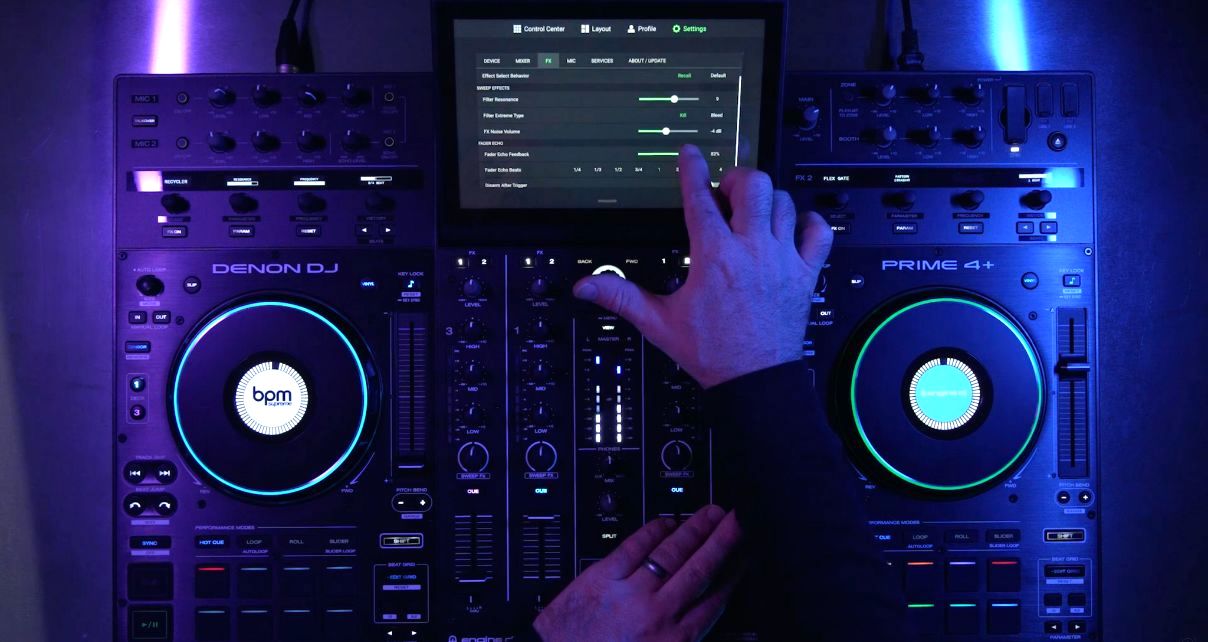
Meanwhile, Engine Desktop has improvements made to the criteria that can be selected in smart playlists, as well as macOS Sonoma compatibility.
The software is a free download, available over the air via WiFi to compatible equipment, as of now. Take a look at the Digital DJ Tips video above (or on YouTube) explaining these things in more detail, or read on for a summary..
What’s New In Engine DJ 3.3
For this latest version of Engine DJ, the company has borrowed some of the more popular features from other platforms, which is something we see absolutely no problem with when done well. In fact, we think it’s great. Let’s take a look:
User Profiles
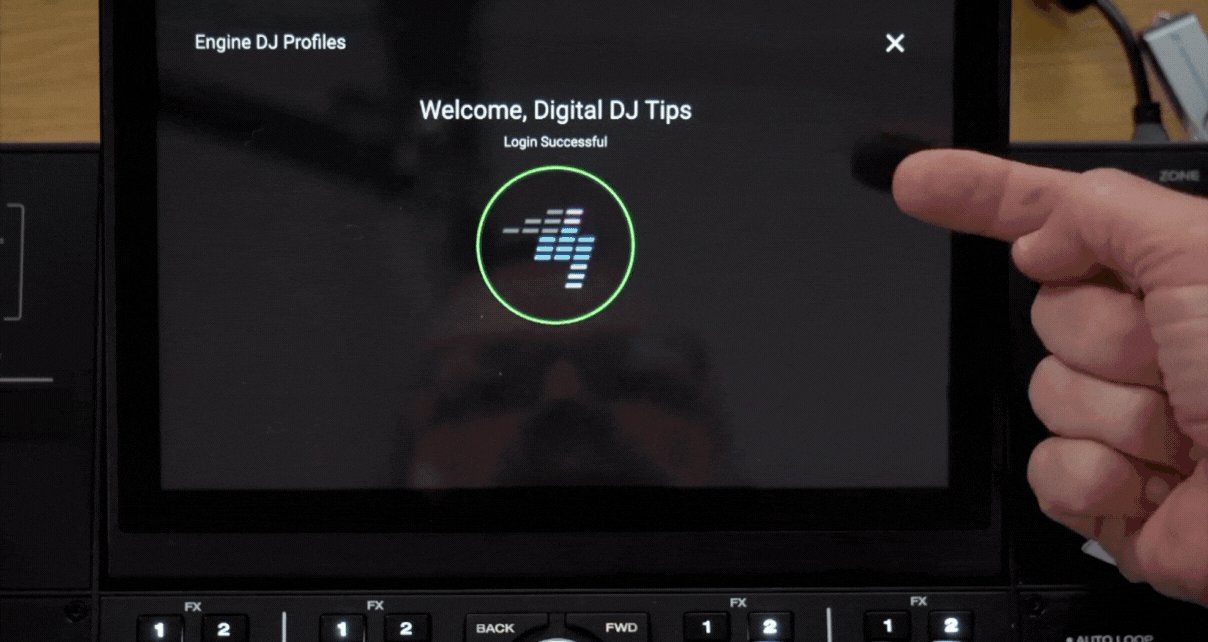
Anyone who’s ever used an Apple TV app will be familiar with this idea (where you can log into other TV providers and have them all appear in one place). Profiles in Engine DJ allow you to log into your Dropbox to access your music, as well as your streaming services such as Tidal and Beatport, all under one easy login on any Engine DJ-powered equipment. This means when you want to play on that equipment, you just log in and everything you normally use is there.
Login happens via scanning a code on the screen and logging in via your mobile phone, a process most people will be familiar with from elsewhere, and that moves any password typing in to your phone. There’s also a profile page on the Engine DJ website where you can log into streaming services and see your current login status.
Cloud BPM, key, and beatgrids
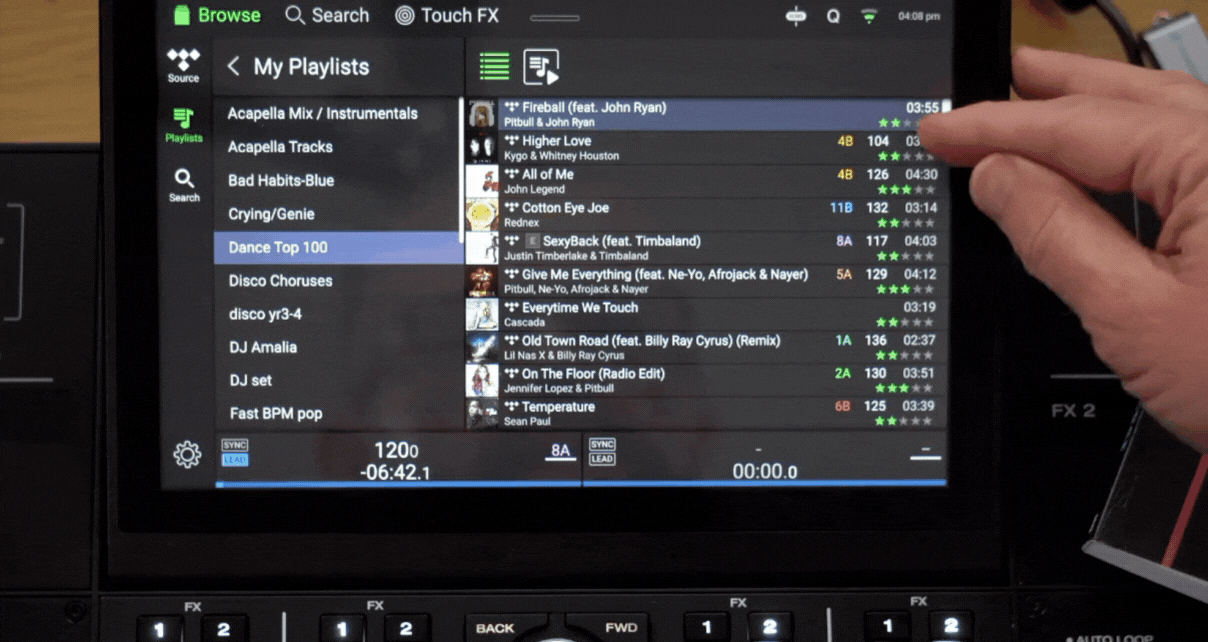
With user profiles comes another big thing: cloud BPM, key, and beatgrids. This solves a problem with using streaming services like Tidal, where there are no BPM and key columns when browsing through music — details which of course DJs find really useful.
Once you’re logged in, any analysis you do on your unit of Tidal tracks, for instance, will be shared with the Engine DJ cloud, just the same as everyone else who’s logged in. As you browse around in your streaming service, Engine DJ will then add cloud-sourced key and BPM information to the playlists that you’re looking at, which couldn’t happen if you weren’t logged in. It also means that when you load tracks, the beatgrids are there instantly.
While it’s bound to have niggles, this is essentially a really good idea, and it’s enough for you to immediately sign up to Profiles when you upgrade to Engine DJ 3.3.
Match
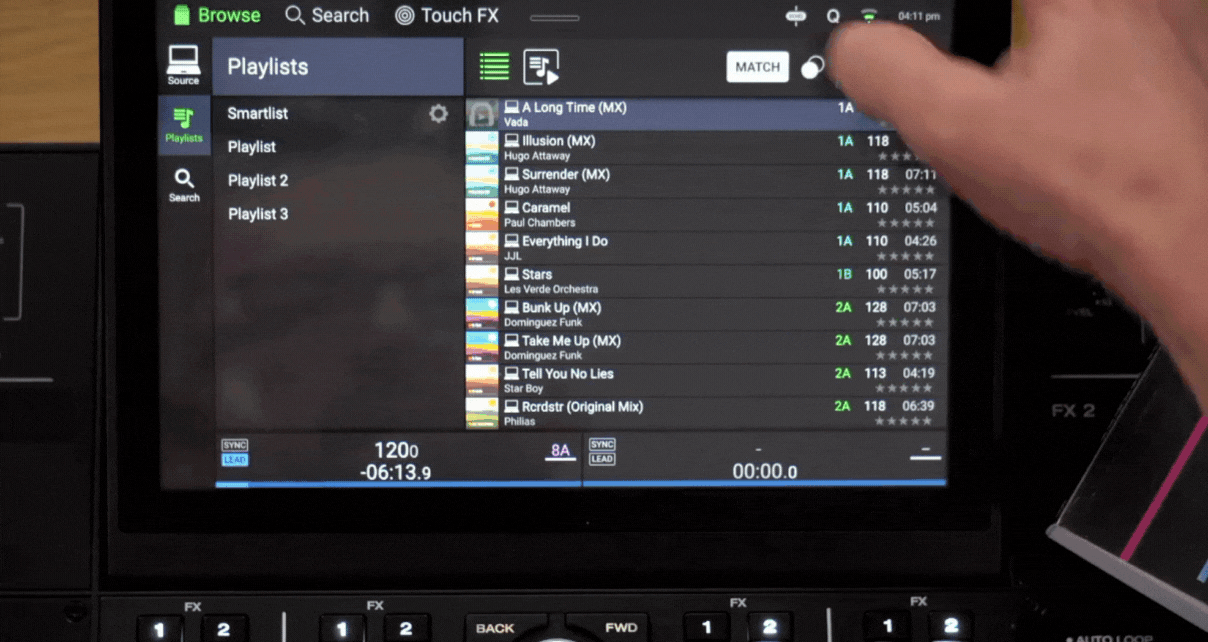
The next feature, called Match, is borrowed from Pioneer DJ’s pro gear, like CDJs. Match is essentially the equivalent of Track Filter on Pioneer DJ gear. It’s a button you can press that will look through whichever playlist you’re in and filter it based on criteria you set, such as BPM range, musical key, genre, and so on.
The idea is that it will filter a larger playlist to give you only the tracks that fall within a certain range of BPMs, key, and the rest, meaning you can choose something to mix next that’s far more likely to work. By default, it bases this search on the currently playing track.
Read this next: How DJs Always Know What Song To Play Next (Without Ever Panicking)
The main limitations we could find were that genre and “hide played” features don’t work when using the Remote Library feature to play directly from a laptop, and it doesn’t really work at all with streaming service playlists, unless the tracks have been downloaded beforehand – it’s the same deal on Pioneer DJ’s version of this feature.
Fader Echo
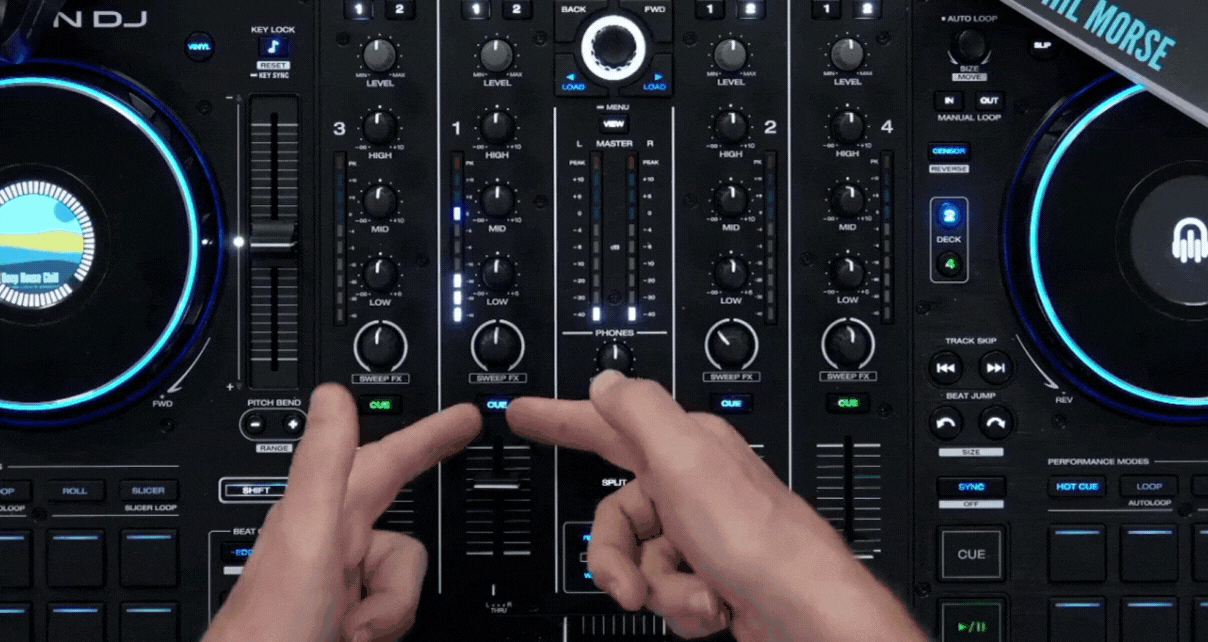
Borrowed from Serato, we have Fader Echo. If you’ve used the Smooth Echo feature on Serato scratch mixers, you’ll know what this is about. It’s a simplified version of that, more for open-format DJs than performance DJs, as it misses out on some of the more esoteric settings of Smooth Echo.
This feature adds an echo when you turn a track off with either the crossfader or the up faders, so the track doesn’t just cut out but echoes out instead. This is a classic way of transitioning between tracks for open-format DJs, and it just saves you having to do it manually.
It works well, and you get to choose the amount of feedback and the timing of the echo in the settings. There’s an additional setting that turns off Fader Echo when it’s been triggered once – useful in some situations without a doubt.
Phase Meter
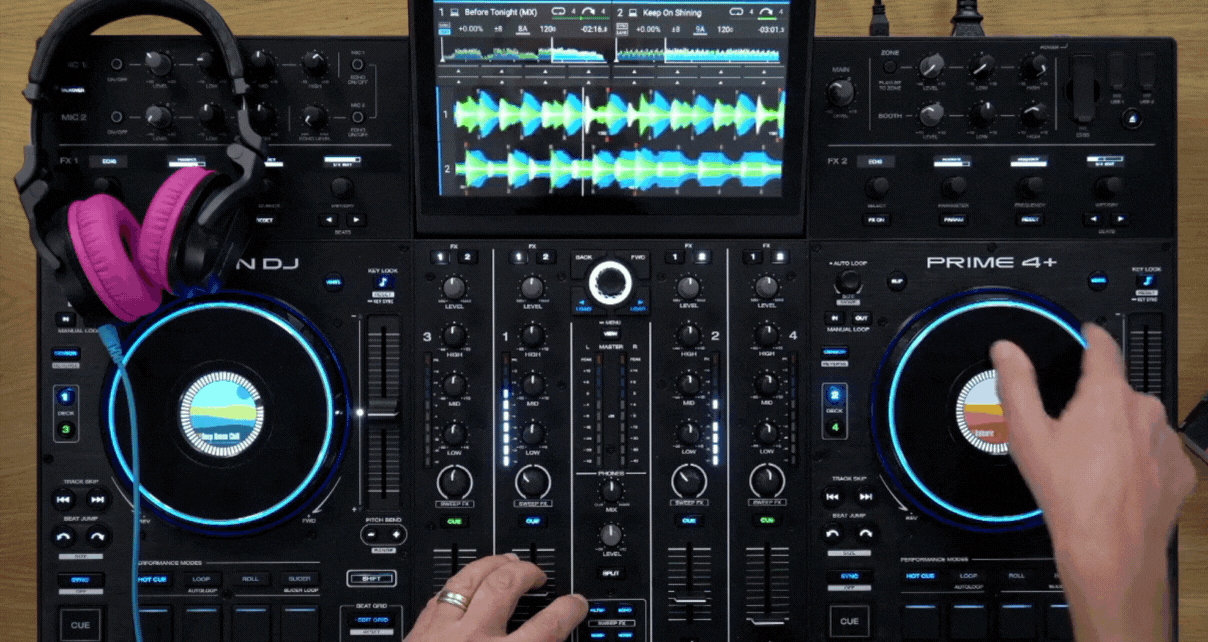
This feature is borrowed from Traktor. It’s a small graphic of a horizontal bar that appears underneath a playing track either to the left or right of a central line to show how out of phase, or off the beat, the track is.
It’s an easy way of seeing when a beatmix is slipping and whether the track needs to be sped up or slowed down. It works here in Engine DJ exactly the same way as in Traktor, with the bars appearing on the touchscreen underneath the tracks concerned. Definitely useful for DJs who prefer not to use the sync button.
Effects improvements
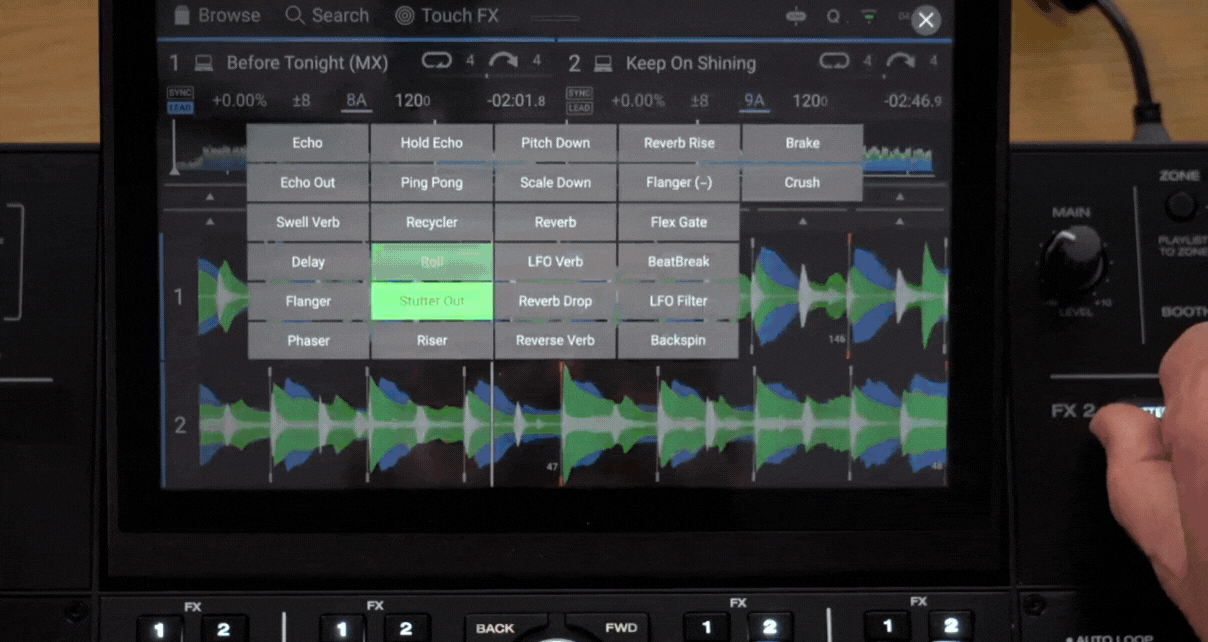
There are several effects improvements. These include the addition of an on-screen effects menu when you turn the effects select knob on the Prime 4 and Prime 4+, which didn’t appear on this gear before, along with the ability to choose an effect by long-holding its name on the screen.
There are also improvements to touch effects, like the XY pad for the flanger now affecting the volume when you move in the Y direction, and the noise gate XY feature now getting an intensity slider underneath.
Better smart playlist on Engine DJ Desktop
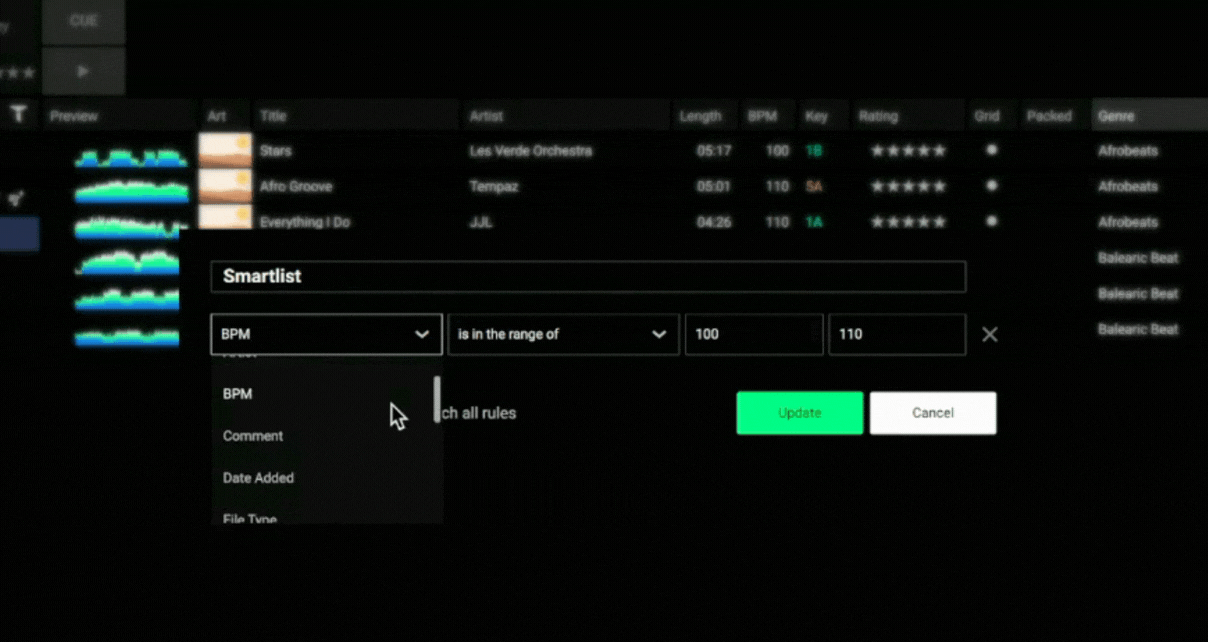
Just one more thing to add is a change to the Engine DJ desktop app, namely a widening of the rules available in Smart Rules. These are used to build smart playlists or crates based on a set of user-defined criteria.
Our Thoughts
Engine DJ 3.3 underlines how far the platform has come and the commitment that inMusic, the parent company, has to its development.
The platform is at an interesting stage, with inMusic contending with AlphaTheta aka Pioneer DJ over the latter’s attempted purchase of Serato. If Pioneer DJ were to win that battle, inMusic might be motivated to rapidly develop Engine DJ to offer full DJ platform features similar to Rekordbox.
DJ like a pro using ANY set-up: The Complete DJ Course
Additionally, with stems becoming more important in DJing, it will be interesting to see if Engine DJ can support high-quality stem separation in the future – its early beta is not very good, and not widely available to users.
For now, you can grab the new Engine DJ 3.3 version by going to update on your unit and grabbing it over WiFi for free. And as ever, if you have any questions, please ask away below – we’re here to help.



